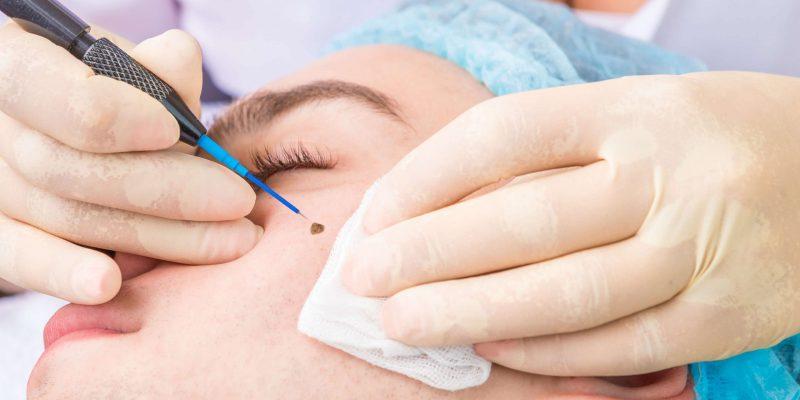Wart Removal
A wart is a raised protrusion on your skin that is brought on by the papillomavirus (HPV). Warts have been a problem for people for a very long time; in fact, Shakespeare even made reference to them in one of his plays.
Warts can be painful, possibly unsightly, and infectious, but they are often not hazardous. They could also hurt. The good news is that warts may be cured, either at home or by a doctor.
TYPES:
Warts come in five main categories. Each variety has a distinctive look and manifests itself in a different area of the body.
Common Warts
Plantar Warts
Flat Warts
Filiform Warts
Periungual Warts

Common warts typically appear on your knees, the corners of your toes and fingers, and your skin. They can, however, show up elsewhere. They may appear thick, gritty, rough, and rounded on top. Common warts frequently have darker skin than the surrounding tissue.
Typically harmless and painless, these warts can disappear on their own.
SIGNS & SYMPTOMS:
Common wart symptoms and signs include:
There may be tiny hard gritty lumps.
lumps that are flesh-colored with tiny black specks that are occluded blood vessels.
Potential to spread by direct touch to other places
When should you see a doctor?
Consult with a doctor when you have these symptoms below:
Your face or another vulnerable area of your body has warts (e.g. genitals mouth nostrils).
Around a wart you observe bleeding or indications of disease such as fluid or scabbing.
You have diabetes warts or an immunological disorder like HIV or AIDS.
It hurts to have the wart.
The wart's hue changes.
Treatments
If your wart doesn’t respond well to at-home treatments, your doctor may be able to help. Remember, always see a doctor if you have diabetes and have warts on your feet.

